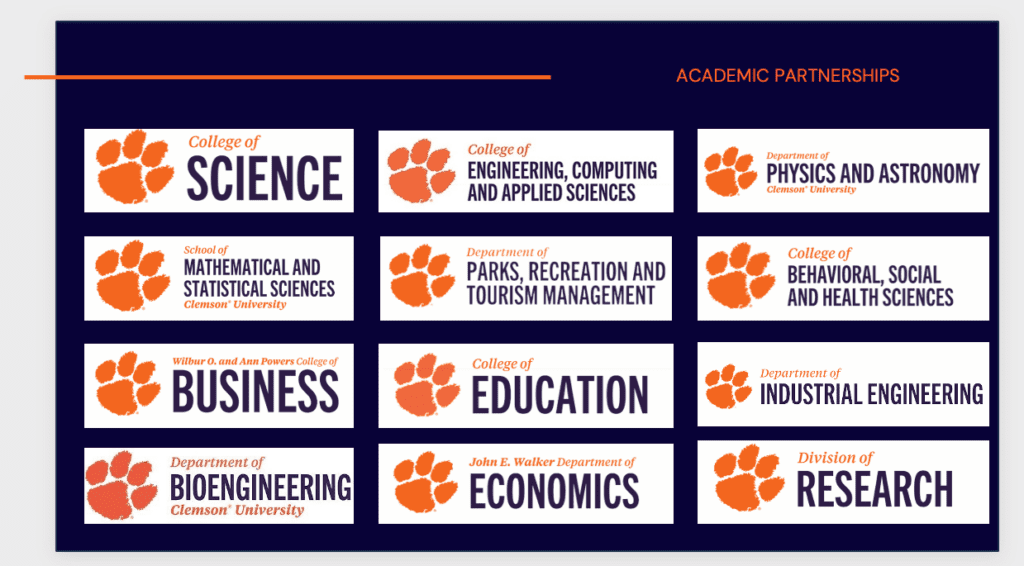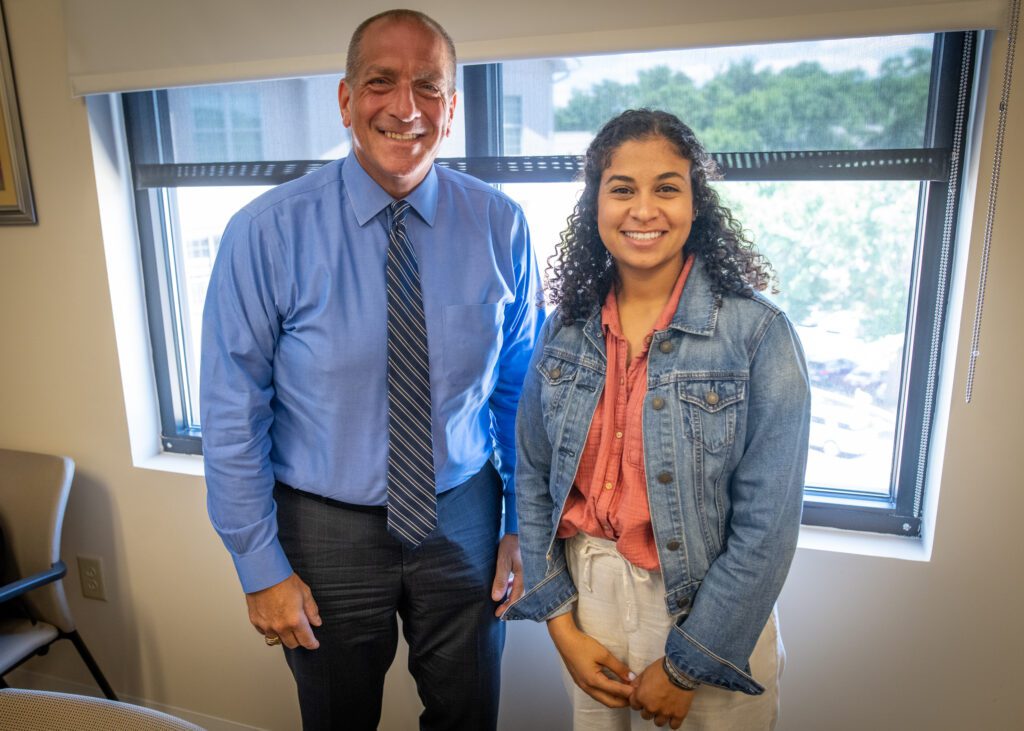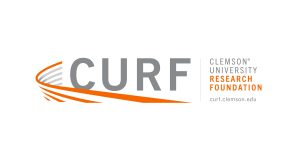Research foundation quietly the epicenter of collaboration at Clemson
July 22, 2024If you asked a random person walking across the Clemson University campus what “CURF” is, they’d most likely say they don’t know or guess it’s a kind of soil or grass. Or maybe the name of a character in Star Wars.
The correct answer is the Clemson University Research Foundation (CURF), a 501(c)(3) nonprofit founded in 1981. Its offices sit just off campus in a nondescript high-rise that overlooks downtown Clemson’s three-block run of shops and restaurants. It might be little known, but the work that happens in those offices might impact the University and the state of South Carolina more than anything else that happens at Clemson.
“We serve as the ‘office of innovation’ for Clemson’s research enterprise,” says Chase Kasper, senior deputy director of CURF. “There’s a lot that goes on here behind the curtain, and I think people would be thrilled to hear about it. But we’re not here to talk about ourselves -our role is marketing the outputs from the University’s research enterprise.”
CURF’s mission is to advance the University’s research enterprise by supporting faculty and students engaged in research and introducing them to respective industry partners. Basically, they help our professors and students through the legal process of acquiring patents and other intellectual assets and then marketing those assets to outside industries. To date, CURF has been involved in more than 2,000 innovations created at Clemson.

Chase Kasper and Jackie Hanna in the CURF offices in downtown Clemson.
“According to a few emeritus faculty involved before CURF’s formation, the initial intent was that CURF would serve as an advocate for Clemson to the federal agencies and their program directors on behalf of Clemson research faculty. To start looking for research dollars to invest into the research enterprise,” said Kasper, a former Division One athlete who has been in his position at CURF for six years. “But CURF eventually got deeper and deeper in what’s called ‘technology transfer operations.’ It’s known by other names at other universities, most commonly tech transfer, tech commercialization, technology development, or innovation management.”
There is nowhere else at Clemson where such wide-ranging collaboration intersects. A patent can result from teamwork between countless combinations of Clemson departments, centers or institutes: Bioengineering, packaging sciences and physics; computer engineering, graphic communication, and athletics; industrial engineering, economics and education; or any number of others. It is, perhaps, the one place where the true promise of Clemson as a tier-one research school is displayed in full view.

Just a few examples of the departments, divisions, colleges and schools that have collaborated and patented their research through CURF.
Kasper says patents and other forms of intellectual property awarded to Clemson yield royalty revenue that is shared with Clemson inventors, their affiliated colleges and units, and also supplements their labs. CURF retains only a small portion for operating expenses.
“Royalty revenue is certainly valuable, but the enhancement to the University’s research and innovation reputation is even more valuable. It enables us to position for more resources to support our research infrastructure,” Kasper says. “The part that goes largely unseen is that we have faculty members that have built incredible reputations with the federal agencies and industrial partners because they’re conducting good science and innovations that can be transferred for the public’s use and benefit. CURF reports these innovations and any commercialization progress back to the federal agencies as a matter of compliance.”
Kasper continues: “Perhaps the most important part of ‘technology transfer’ is the students who graduate every semester into the workforce to apply their innovative thinking into the companies that employ them.”
Jackie Hanna, a graduate assistant from Charleston who graduated from Clemson with a master’s in bioengineering in May and is continuing on with CURF in an associate role, says she was drawn to seek her graduate degree at Clemson specifically because she wanted to work with Jeremy Mercuri, endowed associate professor of bioengineering.

Chase Kasper and Jackie Hanna in the CURF offices in downtown Clemson.
“Seeing that he has patents, he has startups that have spun out of his work at Clemson, and he has that real-world experience drew me to the graduate program here,” says Hanna.
“Jackie is an outstanding example of the type of high-caliber student who has served as both technical and marketing interns and fellows in this unique experiential learning program,” said Chris Gesswein, CURF executive director. “Since 2014, over 50 students have served in this capacity and pursued careers in medicine, patent law, regulatory, and product development across the continuum of early-stage start-ups to large multinational companies.”
Hanna says her appreciation for Clemson innovators has grown exponentially during her time at CURF, as well as the cutting-edge work they do. Whether on social media or with traditional marketing campaigns, CURF’s mission is to get that technology connected to industry.
“Ultimately, this office is an advocate for the technology that comes out of Clemson,” says Hanna. “Our job is to find the connections that will bring these innovations out to market. A lot of it, you might not get the first read-through, so it’s our job to figure out how to translate it for someone who has no idea what’s going on with this complex technology. We want to make them go, ‘Wow! This is amazing work!’”


















